What is a Tourte? Part I
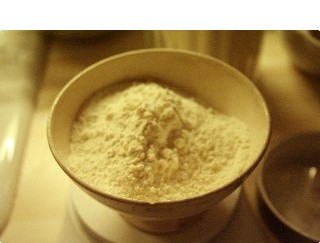
The way the crust melted on my tongue took me straight to an image of deliberate matronly care. A low a window in the pantry. Ambient soft light coming in from the light-well of a courtyard, catching shadows and cradling them in painterly reflections along the folds of a granny's linen apron. A smooth stern knotted hand wiping a dishcloth at her generous waist before she fills the finished shell with a plethora of lovingly minced sliced and grated things; farm smoked duck breast cut into a thoughtful dice, parboiled roots of whatever was coming out of the garden, shards of onion, minced herbs. A spoonful or two of demi-glace to keep it moist. Voilà.
The second bite provided less image and more texture - the shell. It seemed the paragon of lovingly home-made crust. I was just able to wrap my mind around it, from a contemplation of the fats it contained, flour types, to the fleur de sel, which hit my senses last and was the buoy to which the filling was anchored. This crust. Too delicate to sit in any shop window or hold up to being carried home in a box.

The tourte was delicious, and the experience was fulfilling as only a late lunch after a long morning of walking and worrying can be. The thing I remember most about the rest of the weekend was that we moved furniture and searched the flea market for cheap linens and pretty mismatched tableware. While I tried to guide her through the bureaucratic maze that is the rite of passage of all young dancers coming to this country from abroad, questions about the tourte from that late lunch began to reverberate. Like a shock, something I was unconsciously ruminating, these hard flashes of memory unlike any other surprised me with their beauty. Sometimes you wake from a vivid dream, see a deeply moving film, or read a beautifully written article or story that shakes you, makes you feel like that for awhile.
Even as the car wound its way around the periphery of Lyon, radio cheerful and traffic heavy but moving, I had already developed the intention of investigating what it was that made this pie do this to me.
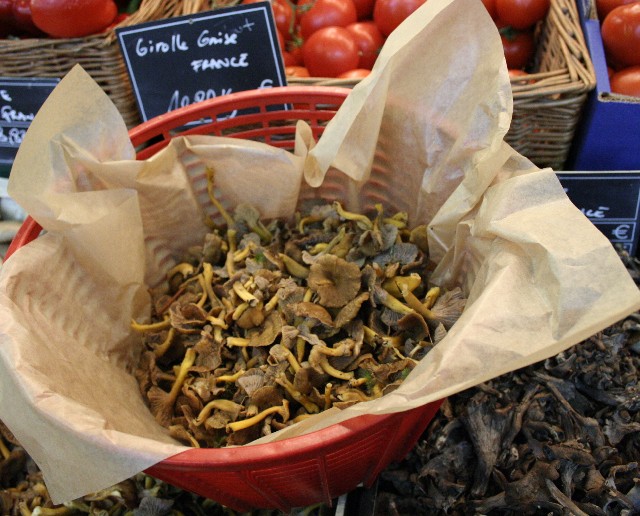
I recently read a very engaging compendium-like history of sweet pastry and remembered a newsy inset quip on the Latin origins of its appellation, the Torta Panis, round bread. It seemed logical to classify my late lunch revelation along those lines. But I wanted to dig further.
The doors were closed but I knew my place was inside the reading room. It is a comforting, quiet place. Enough scholars have passed through there for their spirits to have soaked into the ancient leather bindings of every tome, volume, and edition they keep closely guarded there. There are many other more luxurious reading rooms replete with oak and leather in the city of Lyon, to most of which I have gained access and spent some time, but at La Part Dieu, the collection speaks volumes more than individual lamps and pretty spiral stairwells.

A rich variety of old books on gastronomy and cooking from the private libraries of various chefs and food personalities of the region have been donated to the collection. Pretty little labels are applied to the colorful old marbled paper pressed inside covers: Ex Libris followed by a slew of legendary local names in French Gastronomy.
The reception was courteous and I was asked to fill out a form stating among other details, my reason for being in the reading room that day, which then had to be forwarded to someone for approval. I penned "La Tourte" as the subject of my search, with a flair, for that was my raison d'etre of the moment. The woman came back to ask for a bit less precision - La Tourte, as in the pie? She squinted at me as if I were speaking in a foreign language. “Yes, my subject is the history of French Gastronomy,” I quietly confided, articulating my words in a whisper.
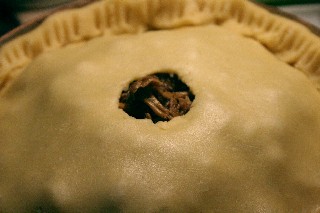
After a pause, she disappeared, and with that, approval was granted by the invisible authority in the back where we were not allowed to go. I filled out my requests for a number of pieces from the collection in triplicate and was assigned a numbered table.
Soon enough, my requested volumes began to arrive at the table in the hands of women in lab coats and gloves. The volumes were in excellent condition and curiously small, exquisitely bound in various grades of leather and pig skin, the more recent ones featuring engraved illustrations. I had imagined that these cookbooks would be bigger than they actually were, because history is vast. But their intimate size gave me a warm reminder that form follows function - these were books would have slipped easily into the apron pocket of a professional cook and housekeeper hundreds of years ago.
The delicious and inspiring pleasure of reading back through three centuries of old descriptive instruction on how to construct a tourte is difficult to adequately put in words. It is something I encourage anyone who cares about cooking to do at one time or another. Through my research, I saw that in the many books about La Cuisine Bourgeoise printed over the last 300 years, the tourte has been consistently and specifically defined as a savory or sweet pie upon which is placed an upper pastry crust for cooking.
On the last afternoon of my exhaustive research into the tourte, I called it quits with the plan to get to the butcher before his evening rush.

Labels: Autumn, Classic French Cooking, Fall 06
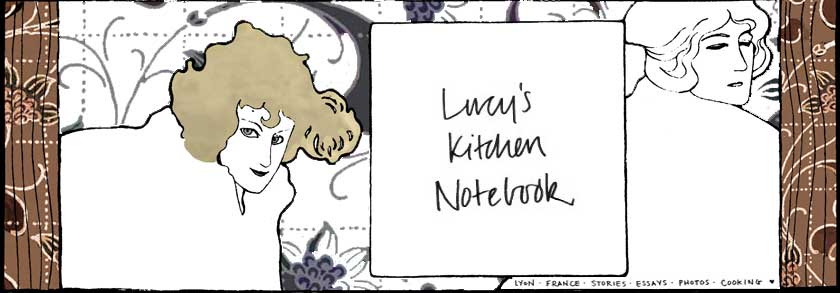









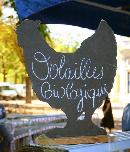
















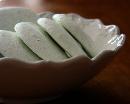








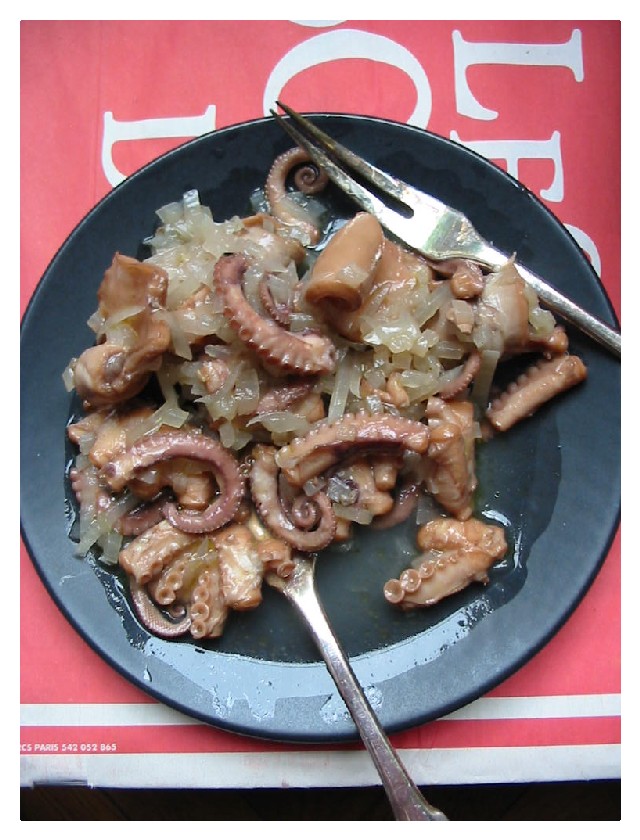


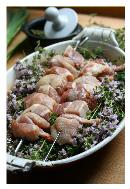













6 Comments:
Quite a scholarly endeavor!
It's beautiful, Lucy.
I used your pie crust the other day, making a deep-dish onion-cheese thing. The crust was far better than the filling.
the stories you tell through food are always enchanting. like a great memoir. you never cease to entertain
What a delight, once more, to read your story! I am a big fan.
I’m speechless...
wow
absolutely delicious and your writing is even more mouth-watering - I’m now as well a big fan!
Thanks for your comments!
Post a Comment
<< Home